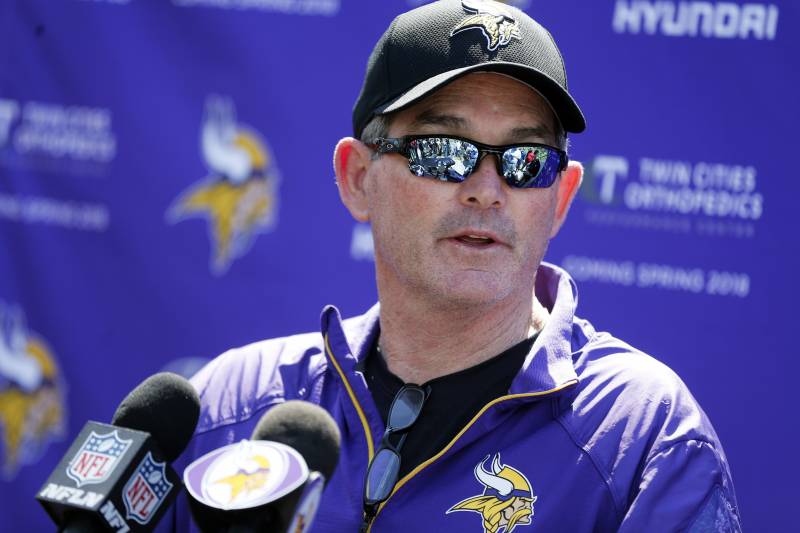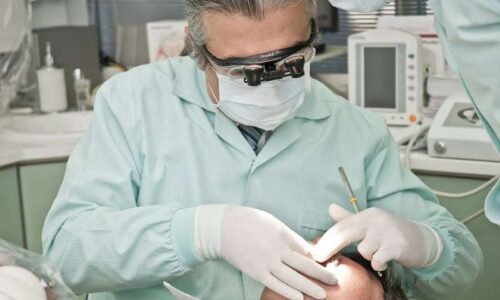Every year, more than 700,000 million Americans injure their eyes on the job, while an added 125,000 sustain eye-related injuries at home. In addition, nearly 50,000 adults and children suffer eye injuries during different kinds of sports, and thousands of other incidents go unreported.
Within the medical profession, employees are extremely vulnerable to eye injuries resulting from splashes of blood and other biohazards. Here are some ways safety eyewear can benefit medical practitioners, as well as tips for buying the right pair of glasses like lead radiation glasses.

What are safety glasses?
Safety glasses are required to meet higher standards of impact resistance than traditional eyeglasses. Referred to as opticians as “dress eyewear,” safety glasses feature protective lenses and frames to protect against injury.
Like traditional eyeglasses, safety glasses are available in two categories: Prescription and nonprescription. Regardless of the size and durability of traditional frames, regular eyeglasses don’t qualify as safety glasses unless they fulfill specific criteria.
OSHA eye protection requirements
The Occupational Safety and Health Administration defines eye and face protection as “protective equipment such as spectacles, goggles, face shields, or welding shields that are designed to protect the wearer against a variety of hazards.” Under OSHA safety guidelines, the use of eye and face protection is required when workers are exposed to hazards such as liquid chemicals, chemical gases, or light radiation.
For workers within the medical profession, eye and face protection should be kept clean and properly maintained. Cleaning helps prevent dirty or clogged lenses that could impair vision. In addition, contaminated equipment that cannot be decontaminated should be disposed of in a way that protects employees from exposure.
Safety glasses in the medical profession
Medical safety glasses are an important piece of attire for medical practitioners, because various occupational hazards could lead to eye injuries. Medical safety glasses provide full coverage around the eyes to protect against hazards, like the splashing of blood or biohazards or light radiation.
When shopping for safety glasses, it’s important to find a pair that with anti-glare lenses, as well as military-grade anti-fog coating to guarantee the highest level of protection for your eyes. Many medical safety glasses also feature rubberized nose pieces to provide extra comfort and grip.
Where to buy safety glasses
Because safety glasses can be costly, it’s important to thoroughly research your options before committing to a pair. Premium medical supply companies, like Kemper Medical, sell a variety of popular and trusted brands, from Oakley to Nike, at prices lower than MSRP. Not only does this make it easier to find the safety glasses that best suit your occupational needs, but it also allows you to purchase a few pairs to wear in rotation. It also enables customers to enter their prescription information and offers add-on options for anti-reflective coating and anti-fog lens cleaner.
Ultimately, it’s important to remember that glasses are a personal choice. All lenses are made from Schott leaded glass, so protection does not vary from a $50 frame to a $200 frame, or from Oakley safety glasses to other brands. If you’re unsure where to start, find a traditional frame that fits you well and write down the measurements. Then, try looking for a safety frame with similar measurements. Using this technique can help you narrow down your options and find a frame and style that will best suit you.
Nearly one million Americans suffer from eye-related injuries annually, making eye protection a top priority for individuals who experience occupational hazards. All in all, an investment in safety glasses is an investment in your eye health, so make sure to be aware of eye-related hazards within your profession and act accordingly.

